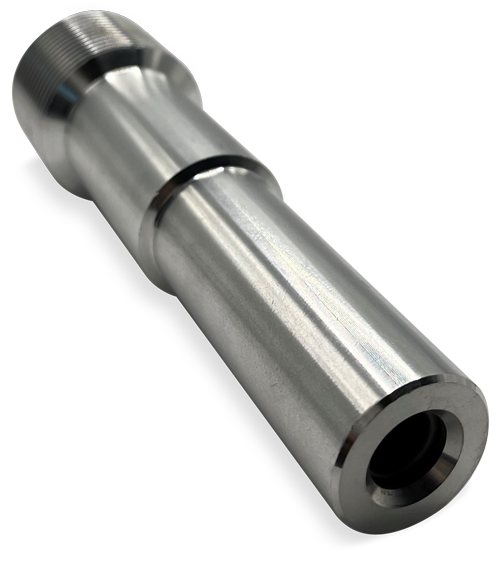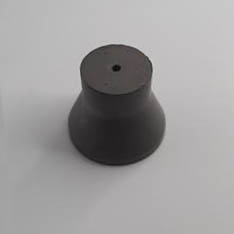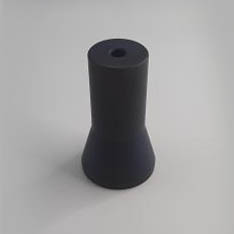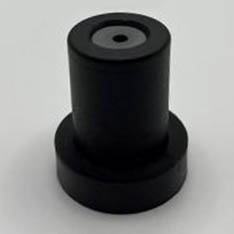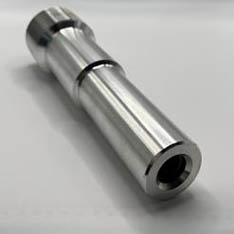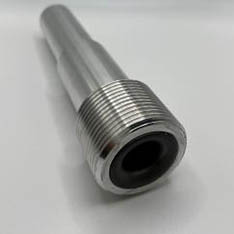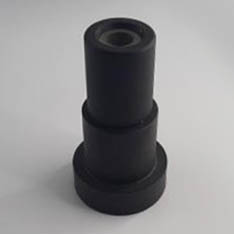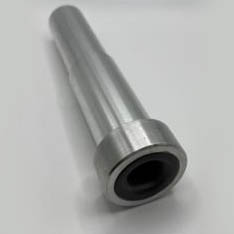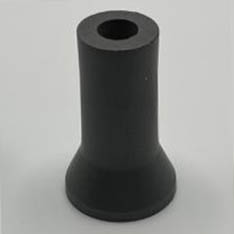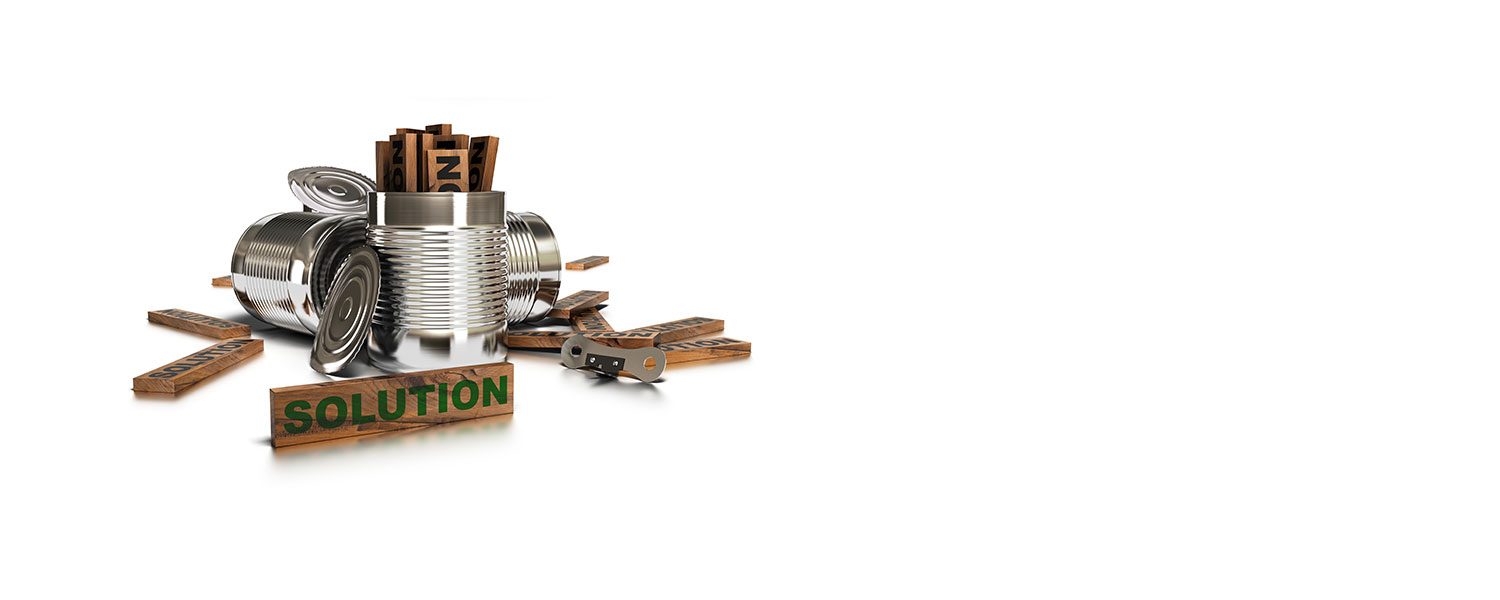Blast Nozzles: Types, Applications, and Technical Advantages
Tungsten carbide nozzles are essential components in blasting and peening processes, known for their durability and wear resistance. They offer robustness and reliability, reducing downtime and replacement costs thanks to the quality of the sintered materials. In this context, choosing the right nozzle is crucial to ensure optimal performance and a high-quality final product.
Types of Blast Nozzles
The variety of nozzles available on the market is primarily distinguished by the materials used and the configuration of the internal bore. Here are the main types:
-
Tungsten Carbide Nozzles:
Ideal for long-term applications with abrasives like corundum and quartz sand, these nozzles offer superior robustness, minimizing downtime and replacement costs.
-
Boron Carbide Nozzles:
The most wear-resistant, suitable for extremely hard abrasives like aluminum oxide. These nozzles offer a long operational life, reducing the need for frequent maintenance.
-
Ceramic Nozzles:
Lightweight and wear-resistant, they are ideal for less intensive applications with light abrasives like sodium bicarbonate.
Importance of Nozzle Selection
For blasting and peening machines to function correctly and deliver professional performance, the right accessories are essential. Choosing the wrong nozzle size or a poor-quality material could compromise the final result, leading to low-quality work. It is important to consider both the nozzle diameter and construction material to optimize air consumption and ensure operational efficiency.
Applications of Blast Nozzles
Blast nozzles are crucial components of blasting machines, used in various industrial sectors for different applications:
-
Metallurgical Industry:
Blasting machines equipped with appropriate nozzles are essential for cleaning and preparing metal surfaces, removing rust, old paint, and other impurities. This prepares metals for subsequent treatments like painting or galvanizing.
-
Marine Sector:
In ship maintenance, blasting machines with specific nozzles effectively remove marine growth, rust, and old paint layers, preparing surfaces for new protective coatings.
-
Building Restoration:
In the restoration of historic buildings, blasting machines with delicate nozzles, like those in ceramic, clean sensitive surfaces without damaging them, removing dirt, paint, and atmospheric pollutants.
-
Automotive:
Blasting machines are used for cleaning automotive components, preparing surfaces for painting, coating, and other finishing treatments, improving adhesion and coating durability.
Nozzle Dimensions and Air Consumption
Nozzle size is essential. A nozzle that is too small can prolong the blasting process, while a nozzle that is too large may reduce the jet pressure, compromising the blasting quality. Nozzle diameters generally range from 5 to 12 millimeters. Smaller diameters result in lower air consumption per minute, although this also depends on the compressor pressure settings.
Nozzle Configurations
There are two main nozzle configurations:
-
Straight Bore Nozzles (cylindrical):
These have a cylindrical internal bore, offering a more direct jet.
-
Venturi Nozzles:
These have a smaller internal bore compared to the external bore, increasing the blasting jet diameter and promoting greater jet expansion.
Nozzle Materials and Performance
The material of the nozzle's internal bore is crucial for performance. Choosing a nozzle lined with wear-resistant materials, such as tungsten carbide, maintains a consistent airflow, optimizing performance and reducing consumption.
Advantages of Blast Nozzles
-
Operational Efficiency:
High-quality nozzles improve process efficiency, reducing processing times and increasing productivity. Choosing the right nozzle can optimize abrasive consumption and improve cleaning results.
-
Versatility:
Available in various configurations and materials, they can be adapted to specific needs, offering customized solutions for each industrial sector.
-
Durability and Reliability:
Advanced materials like tungsten carbide and boron carbide ensure long operational life, reducing replacement and maintenance costs, and ensuring consistent performance over time.
Conclusion
Choosing the right blast nozzle is crucial for optimizing industrial operations. Understanding the different types of nozzles, their specific applications, and the importance of size and material allows you to select the most suitable product, ensuring efficiency, quality, and sustainability in the blasting process. For further information and personalized technical consultations, our team of experts is ready to offer tailor-made solutions for your industrial needs. Contact us today.



